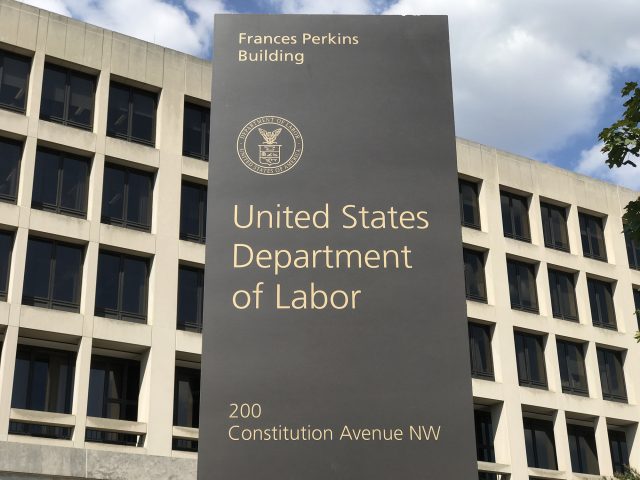
Can Knowledge Empower Women to Save More for Retirement?
Abstract
Retirement-account balances are lower among women than men. This study assesses the role of financial knowledge and empowerment in contributing to the gender gap in savings. We evaluate the effects of financial education delivered to women in the workplace, using administrative data on 31,000 public-sector workers in Wisconsin. All of these workers participated in a mandatory defined-benefit pension plan, but 47 percent also participated in a deferred compensation savings instrument provided by their employer, with the median participant contributing 1.6 percent of earnings each month. In a triple-difference strategy, we compare the progression of gender gaps in savings over time at state agencies that implemented financial education with the group that did not. We estimate that a multi-media education effort increased participation in retirement savings by 2.6 percentage points, closing the gender gap by more than half. This result is partially explained by pre-existing trends. The education program operated at low marginal cost and is likely to be portable to other contexts.
The paper found that:
- Differences between men and women in financial knowledge and motivation contribute to gender gaps in retirement savings.
- Financial knowledge and motivation can be augmented by multimedia financial education.
The policy implications of the findings are:
- One tool for employers to increase savings is financial education.
- The main channel appears to be motivation of new participation in savings through repeated communication of key facts via multiple media and peer interaction.







